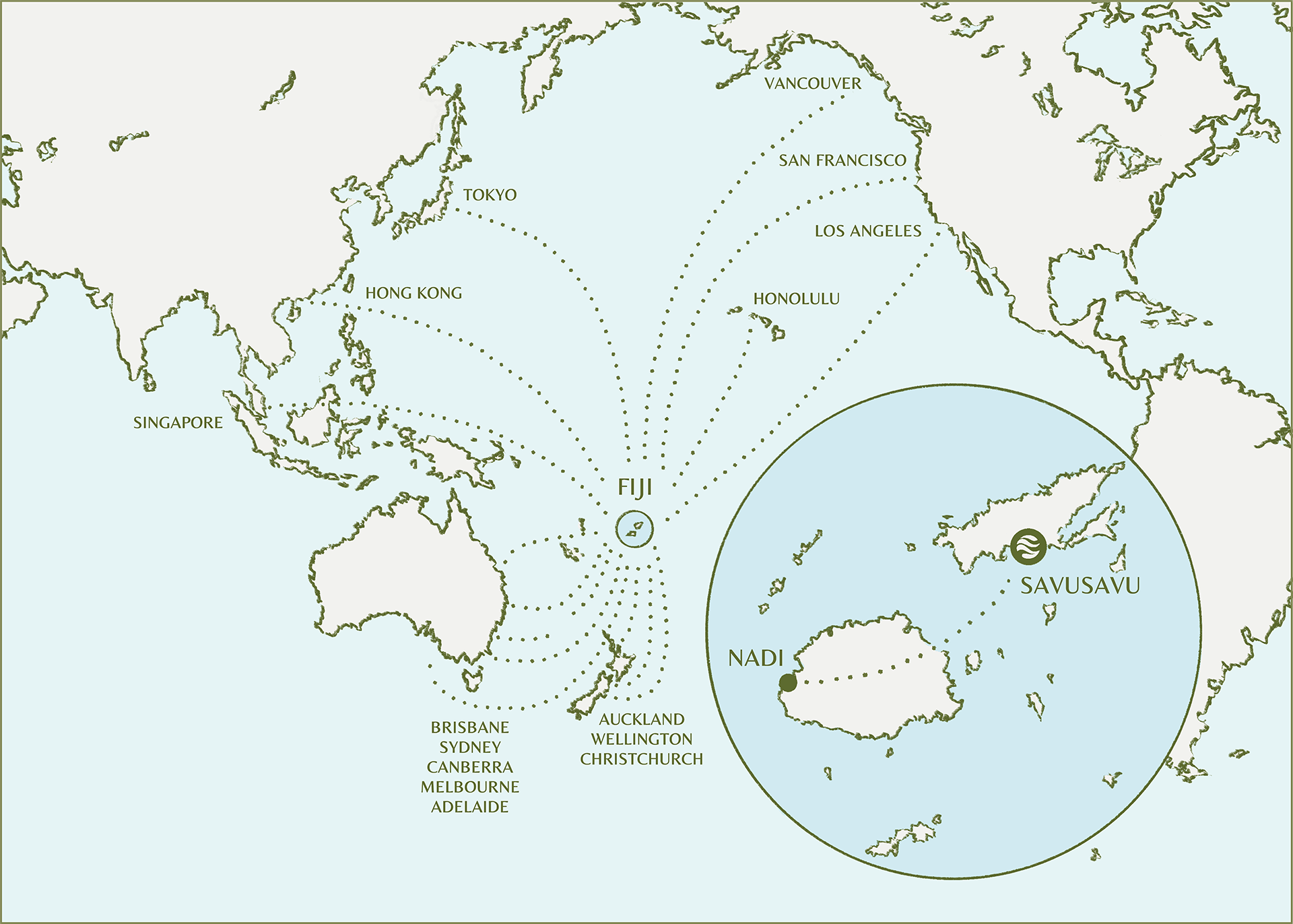STORIES
Madagascar periwinkle
Madagascar periwinkle
Characteristics
Evergreen shrub or herbaceous plant up to 1 m tall. Leaves oval, 3-9 cm long and 1-3 cm broad, glossy green, hairless, opposite. Flowers white to dark-pink with a darker red center and a basal tube. Corolla 2-5 cm with 5 petal-like lobes.
Distribution
Native and endemic to Madagascar but cultivated and naturalised elsewhere in subtropical and tropical areas in the world as an ornamental and medicinal plant (source of the drugs vincristine and vinblastine, used to treat cancer).
Natural Medical Properties
| Madagascar periwinkle has long been used as a traditional medicine. Tests by pharmaceutical companies in the 1950’s showed the presence of a number of medically active alkaloids, especially the compound vincristine, which has been shown to have activity against leukaemia.The alkaloids, when isolated from the plant, are highly toxic but have also been shown to reduce the numbers of white blood cells, leading to applications which have revolutionized conventional cancer therapy.The plant is cultivated as a source of these alkaloids, a number of which are extracted and used allopathically.The isolated alkaloids are used to treat and other cancers. The alkaloids vincristine and vinblastine are prescribed in anticancer therapy, particularly in cases of acute leukaemia (especially in children) and Hodgkin’s lymphoma. They are usually part of a complex chemotherapy protocol. Used in isolation, they have a number of side-effects, including alopecia, nausea and bone marrow depression. The dried root is an industrial source of ajmalicine, which increases the blood flow in the brain and peripheral parts of the body. Preparations of ajmalicine are used to treat the psychological and behavioural problems of senility, sensory problems (dizziness, tinnitus), cranial traumas and their neurological complications. Ajmalicine, and another alkaloid serpentine, are prescribed in the treatment of hypertension. Extracts prepared from the leaves have been applied externally as antiseptic agents for the healing of wounds; to relieve the effects of wasp stings; against haemorrhage, skin rash and as a mouthwash to treat toothache. The leaves are harvested when the plant is flowering and can be dried for later use. An infusion of the flowers is used to treat mild diabetes. |
Did you know?
| In the wild, Madagascar periwinkle is an endangered plant. The main cause of decline is habitat destruction by slash and burn agriculture.
Madagascar periwinkle can be extremely poisonous if consumed orally by humans. |
It is closely related to “Dwarf periwinkle” (Vinca minor).
Literature
World Flora Online
WorldChecklist of Selected Plant Families
A working list of all plant species
SUBSCRIBE
Stay up to date
To stay in touch and be inspired by our latest news & stories from Jean-Micheal Cousteau Resort Fiji, please register your interest.








